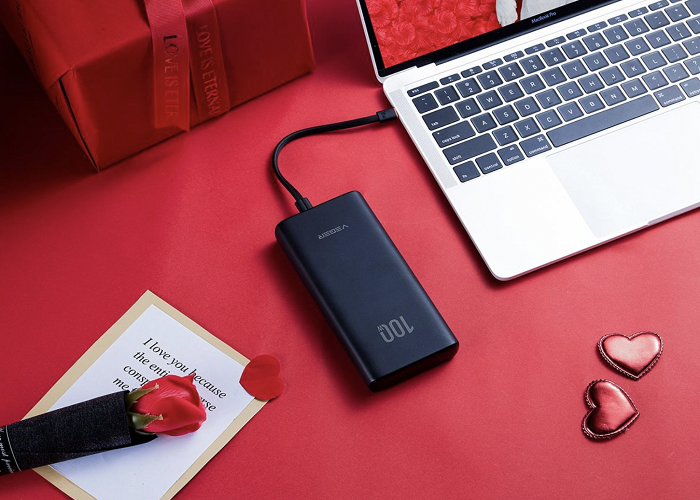
When to Call a Plumber for a Clogged Toilet: Comprehensive Guide
Clogged toilets are one of the most frequent plumbing issues homeowners encounter. While some clogs are manageable with DIY methods, others necessitate professional intervention. In this guide, we will explore the signs that indicate when it’s time to call a plumber for a clogged toilet, preventative measures, and steps to manage minor clogs.
Identifying a Clogged Toilet
A clogged toilet is usually straightforward to identify. Here are the primary indicators:
- Inability to Flush Away Waste or Toilet Paper: If waste and toilet paper remain in the bowl after flushing, a blockage is likely present.
- Rising Water Levels: A higher-than-normal water level post-flush is a classic sign of a clog.
- Overflowing Toilet: If the toilet overflows upon flushing, it’s a clear signal of a significant blockage.
Recognizing these symptoms early allows for timely action, preventing further complications and potential health hazards.
Steps to Manage a Clogged Toilet on Your Own
Cut Off the Water Supply
If your toilet starts to overflow, your first step should be to stop the water supply. Locate the water supply valve behind the toilet and turn it clockwise until it stops.
Use a Plunger
A plunger can often resolve minor clogs. Here’s how to use it effectively:
- Place the plunger head over the toilet drain, ensuring a tight seal.
- Apply gentle pressure initially, followed by more forceful plunging.
- Alternate between gentle and firm plunges to create enough air pressure to dislodge the clog.
If the clog persists despite these efforts, it may be time to consider calling a professional.
When to Call a Plumber
Ineffective Plunger Efforts
If after several minutes of plunging, the clog remains, it’s a sign that more advanced tools and techniques are required.
Sewage Overflow
Overflowing sewage is a severe issue, indicating a potential health hazard. Immediate professional intervention is necessary to prevent exposure to harmful bacteria.
Constantly Running Toilet
A continuously running toilet, especially if coupled with frequent clogs, suggests a problem with the tank components. This can lead to higher water bills and requires a plumber’s expertise.
Presence of Foreign Objects
If non-flushable items (e.g., toys, electronics, diapers) are causing the blockage, professional removal is essential to avoid pipe damage.
Leaking Sewer Drain
A backed-up toilet along with other drainage issues in your home might indicate a clogged or burst sewer drain. This scenario demands urgent attention to prevent extensive property damage.
What Not to Do When Dealing with a Clogged Toilet
Avoid Excessive Flushing
Repeated flushing in hopes of clearing the clog can result in an overflow, creating a bigger mess and potential water damage.
Do Not Use Chemical Drain Cleaners
Chemical drain cleaners may seem like a quick fix but can cause long-term damage to your pipes. These cleaners are often corrosive and can lead to pipe warping or corrosion.
Preventative Measures
Regular Maintenance
Routine inspections and maintenance by a professional plumber can help prevent clogs and identify potential issues before they escalate.
Mindful Usage
Being cautious about flushing down the toilet is crucial. Avoid flushing items like sanitary products, wipes, and excessive toilet paper.
Install Drain Guards
Consider installing drain guards to catch debris and prevent it from entering your plumbing system.
Contacting a Professional Plumber
If you’re dealing with a stubborn clogged toilet or suspect a more significant plumbing issue, it’s time to seek professional help. For residents in Bankstown and surrounding areas, the Plumber Bankstown team is available 24/7 to address all your plumbing needs.
Contact Information
Phone: 1300 869 142
Services: Installation, repair, and maintenance of home plumbing systems.
By following these guidelines, you can effectively manage minor clogs and know when it’s time to call in the experts, ensuring your home’s plumbing system remains in optimal condition.

